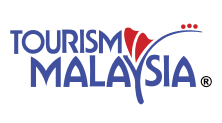
Malaysia At a Glance
COUNTRY
The federation of Malaysia comprises Peninsular Malaysia, which is made up of 11 states, three Federal Territories as well as the states of Sabah and Sarawak situated in Borneo.
CLIMATE
ELECTRICITY
CAPITAL CITY
ECONOMIC PROFILE
COMMUNICATION TECHNOLOGY
Malaysia is linked internationally via the Internet. There is a stable 4G mobile network coverage in the country. Wi-Fi connection is available at most hotels, restaurants and transport terminals. Upon arrival, travellers can easily get a local prepaid SIM card at airports or shopping malls. The package comes with preloaded credit and data. Travellers will be required to present their passport/ID for registration when purchasing the SIM cards.
GEOGRAPHICAL LOCATION
ENTRY REQUIREMENTS
GETTING TO MALAYSIA
The main gateway to Malaysia is the Kuala Lumpur International Airport (KLIA) which is also known as KLIA Terminal 1. It is located about 40 km south of Kuala Lumpur. Over 40 international airlines fly into the country via KLIA. Malaysia Airlines, the national carrier, is a member of the one world airline alliance and offers connectivity to 1,000 destinations over 170 territories.
KLIA Terminal 2 (formerly known as KLIA 2), is situated about 1.5 km away from the main terminal and serves as the world’s largest terminal dedicated to low-cost carriers. Airlines that operate from Terminal 2 include AirAsia and AirAsia X. Other international airports in the country are situated in Langkawi, Penang, Johor Bahru, Kota Kinabalu and Kuching. Skypark Terminal or Sultan Abdul Aziz Shah Airport in Subang is the main base for Firefly, Batik Air and private carriers.
The country’s largest seaport is Port Klang, a major shipping and cargo terminal. Other main entry points by sea are located in Langkawi, Penang, Melaka, Johor, Labuan, Kuching and Kota Kinabalu.
AREA
CURRENCY
GETTING AROUND
TIME
BANKING HOURS
WORKING DAYS
POPULATION
PEOPLE
Malaysia has a diverse population. Its multicultural fabric is made up of the Malays, who form the majority of the population, as well as the Chinese, Indians, Portuguese Eurasians and Straits Chinese, along with the indigenous communities of Peninsular Malaysia and the ethnic groups of Sabah and Sarawak.

